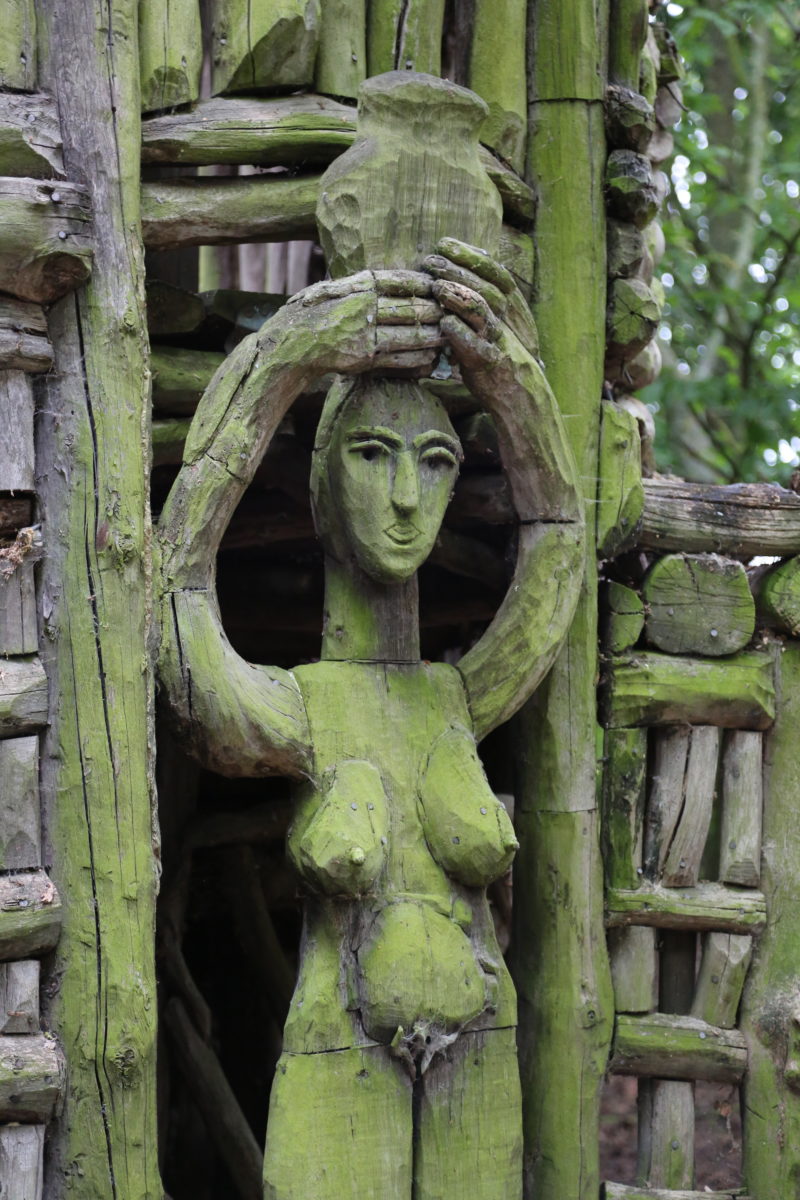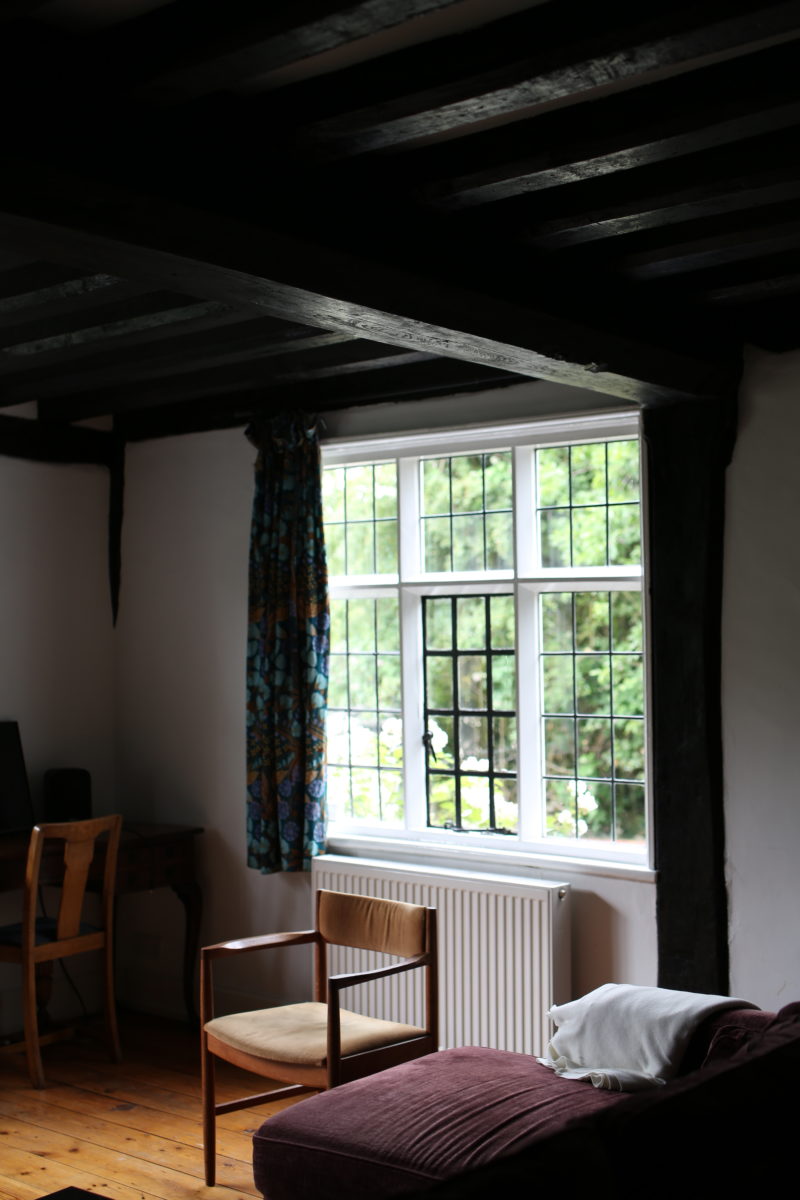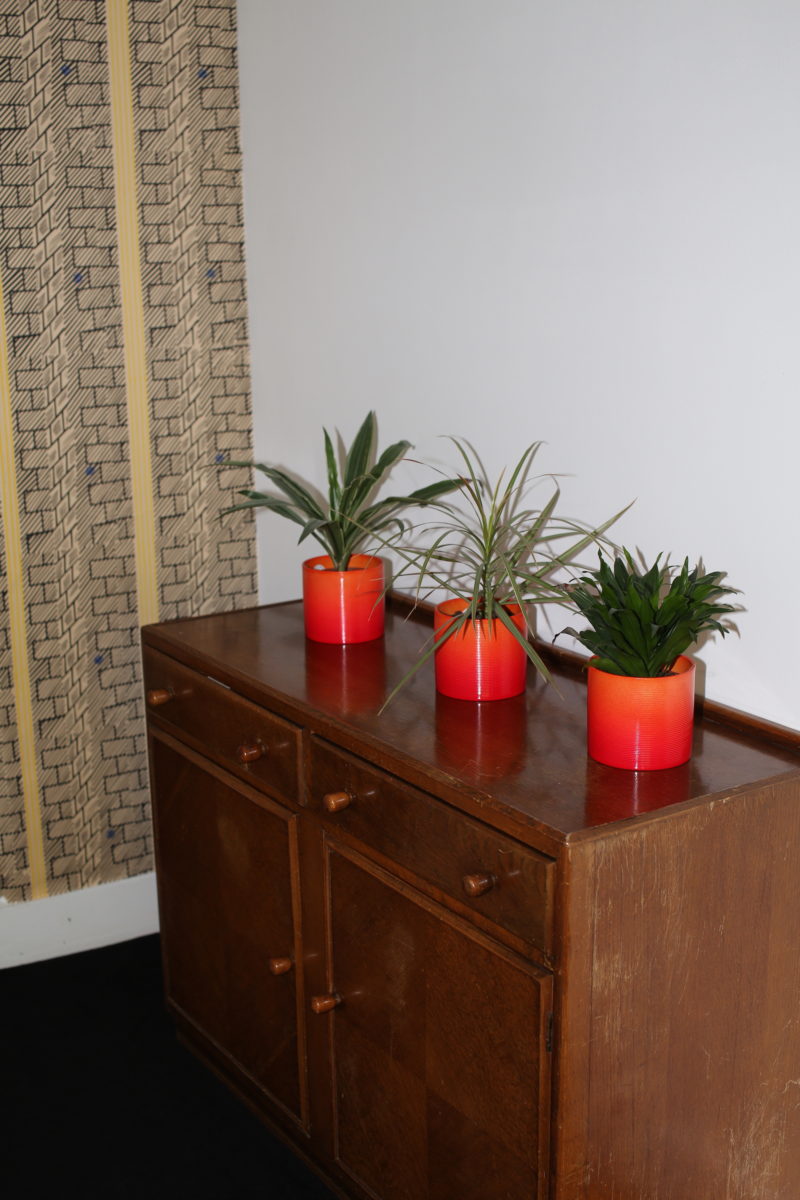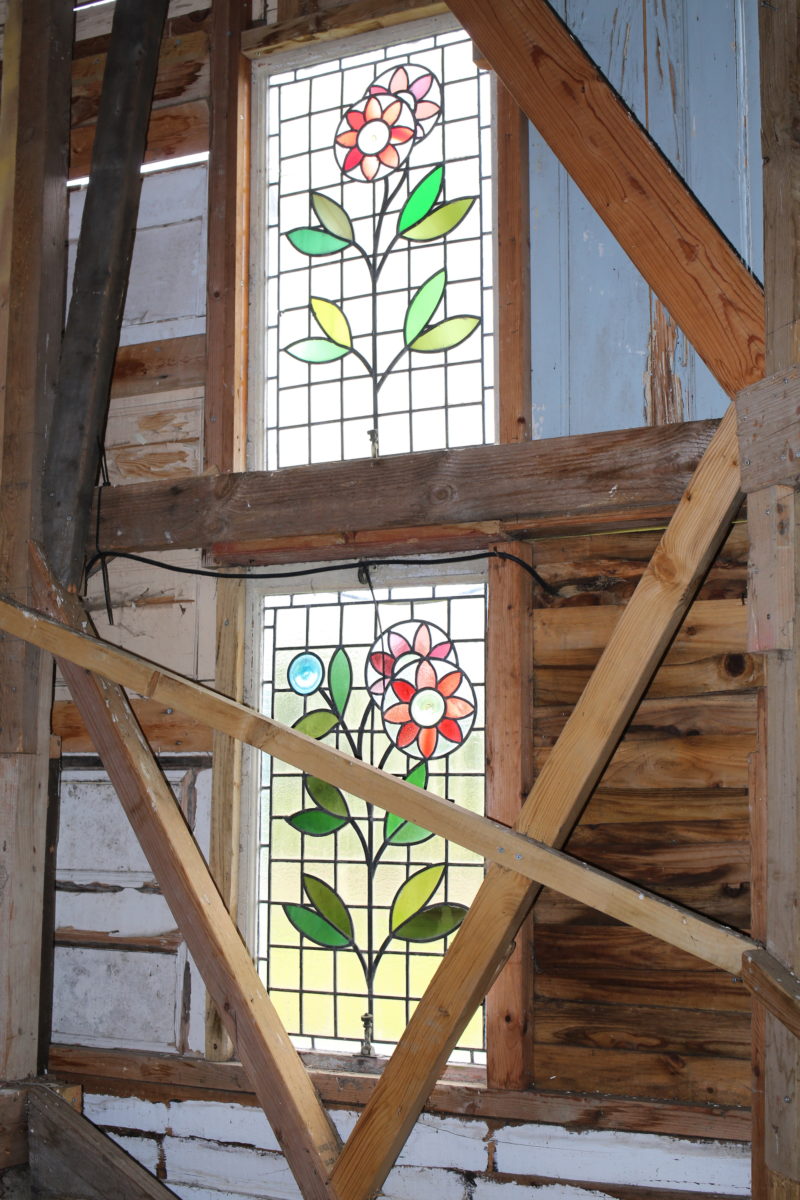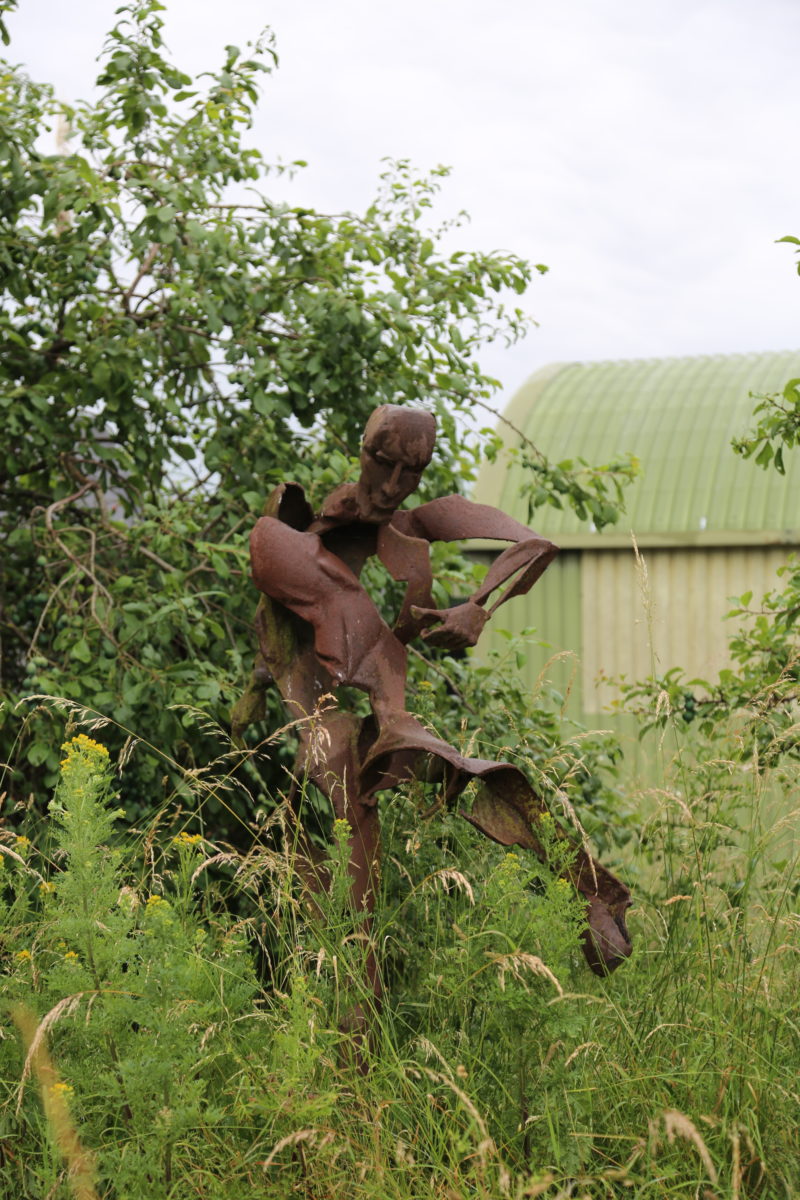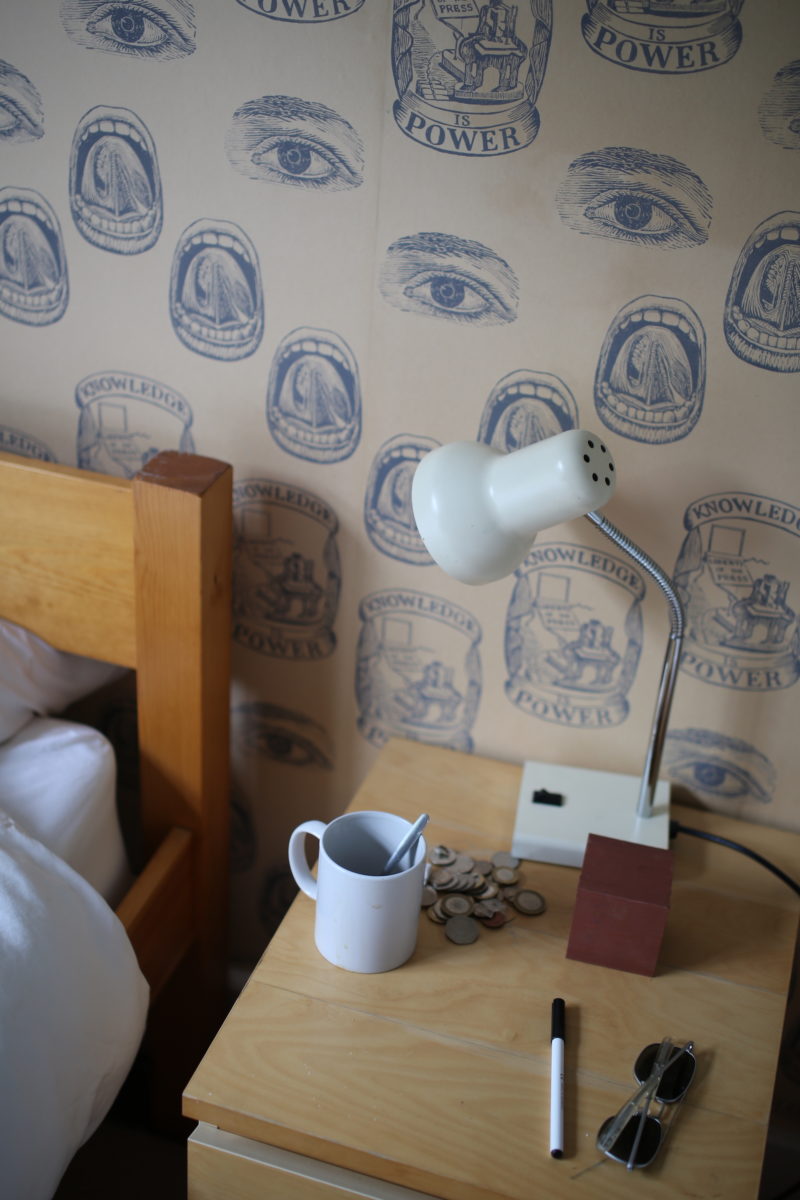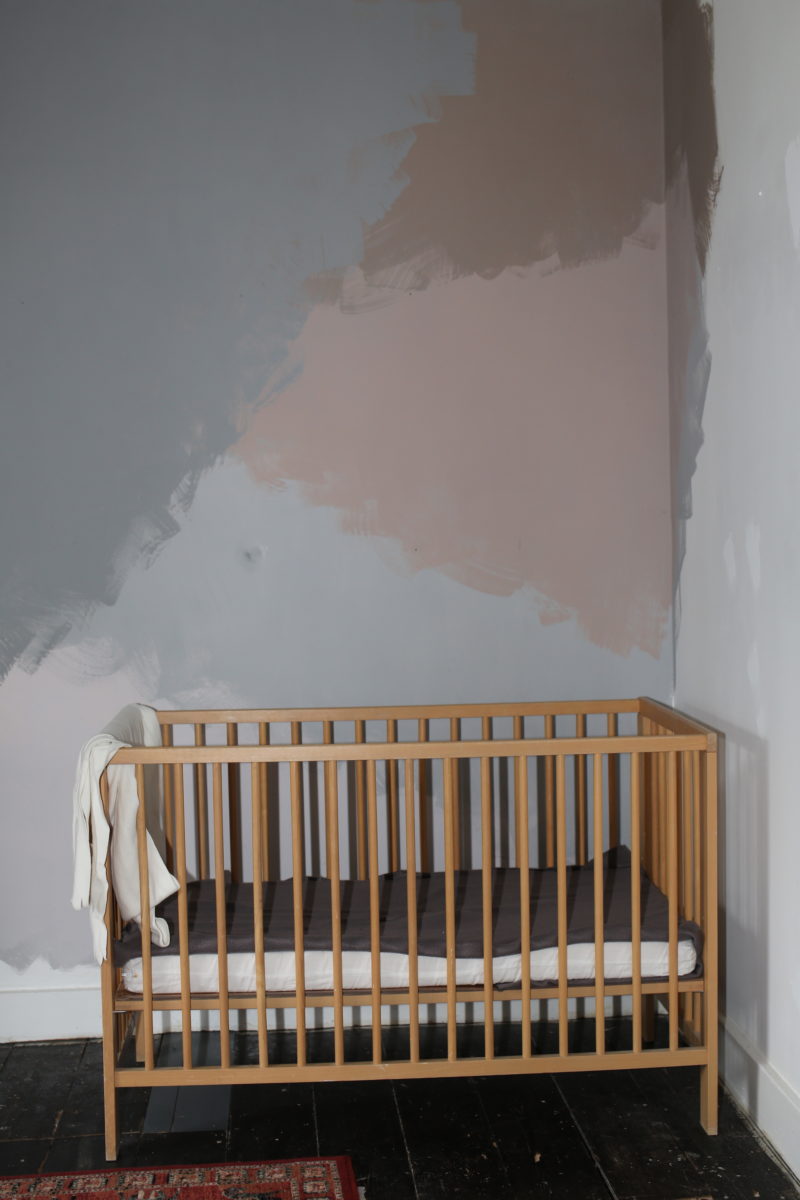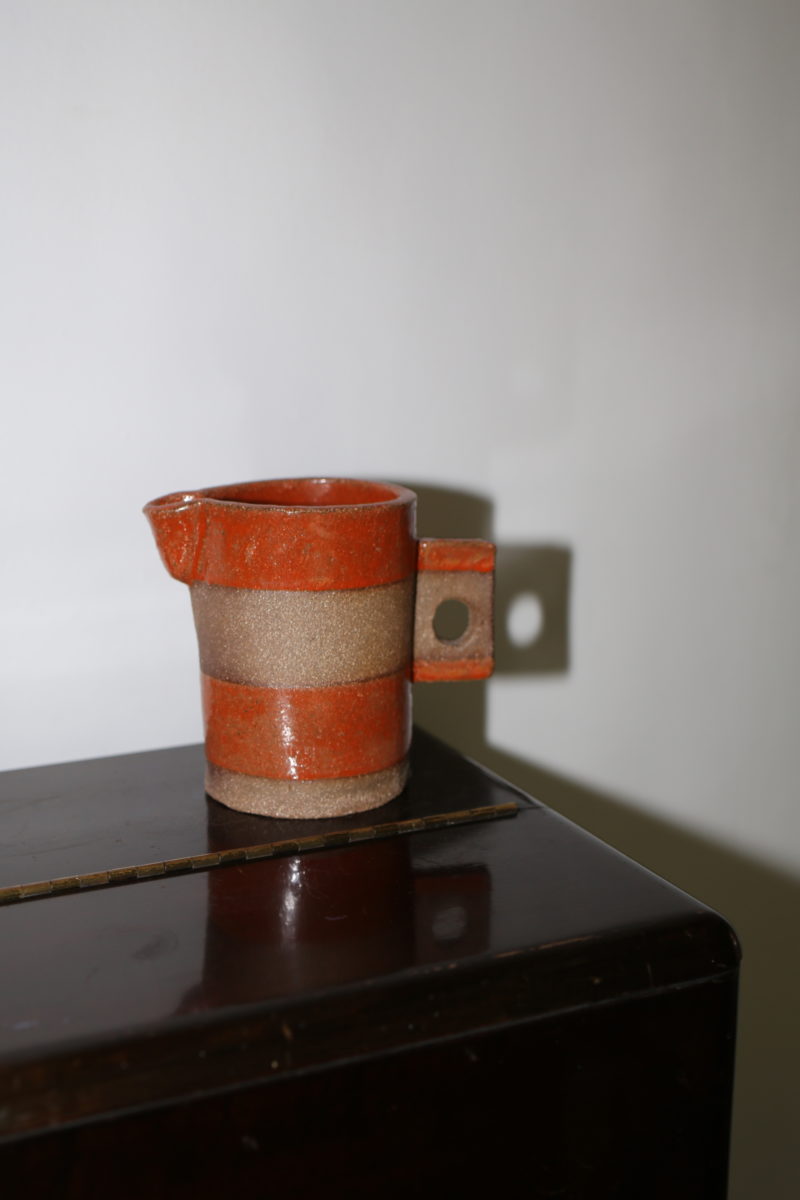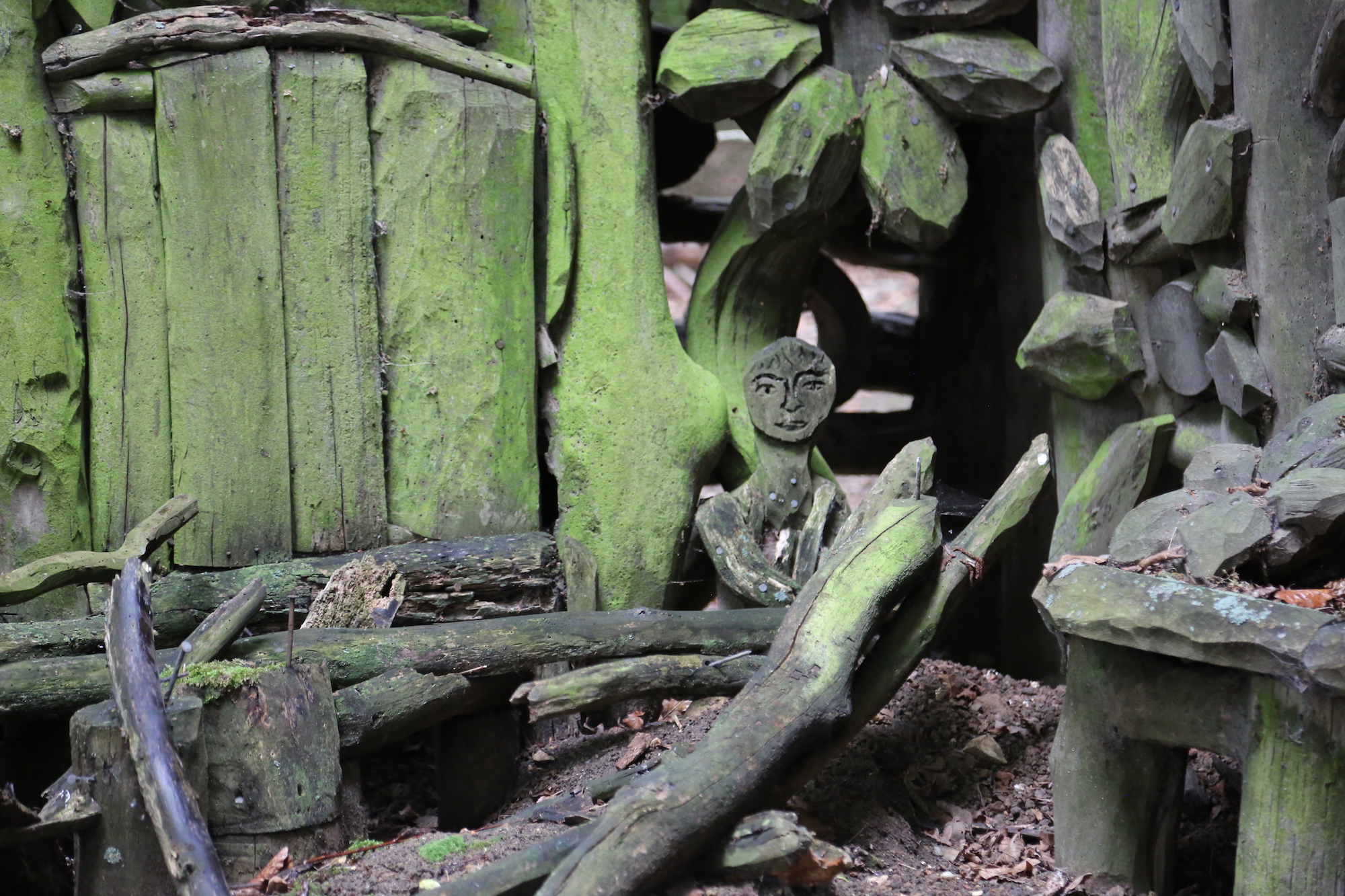
Imagine a place where artists could work away from the pressures of upcoming exhibitions, far from financial worries, and hidden from the daily distractions of the city. Wysing Arts Centre, founded thirty years ago in rural Cambridgeshire, offers just that, pioneering an experimental approach to artistic practice, learning and curating.
Opened in 1989 on eleven acres of land, with the aim of providing alternative environments and structures for research, discovery and production, it remains a unique retreat for artists. Artist residencies are offered throughout the year, and have gained a reputation as a hotbed for future Turner Prize talent, with former residents Laure Prouvost, Elizabeth Price and Charlotte Prodger all going on to win Britain’s most prestigious art award, while 2018 resident Tai Shani is nominated for this year’s prize.
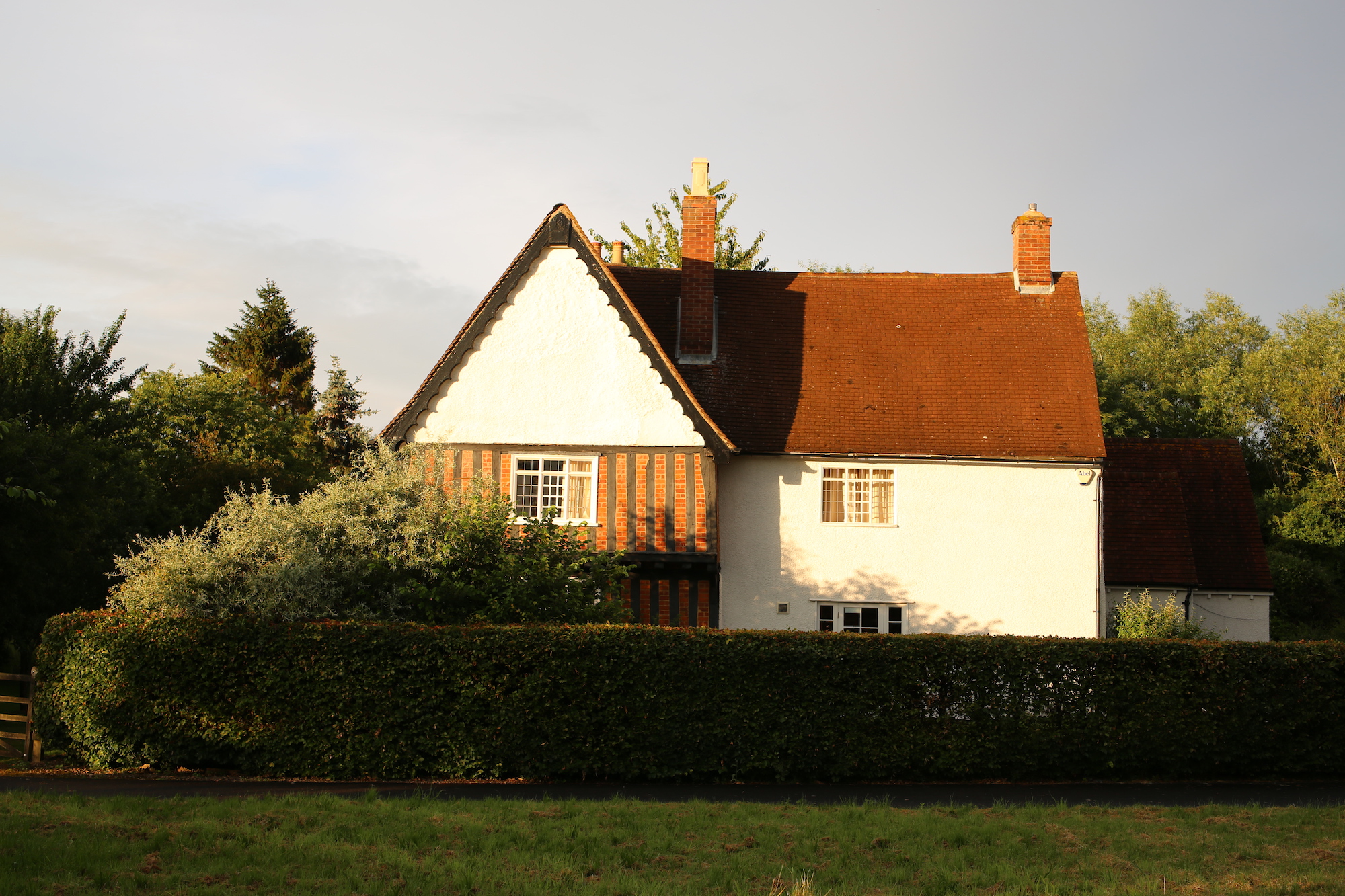 Wysing Arts Centre was started by two couples, philanthropists Jenny and Terry Brooks and artists Annie and Age Bunnetat, with a utopian vision to offer time, space, funding and a creative environment to artists with no imposed pre-defined outcomes. They dreamed of an organization that could support visual art practice, and looked across England for various sites; by the late eighties there was a decline in farming, and many sites had become available. They settled upon a former dairy farm, and the adventure began.
Wysing Arts Centre was started by two couples, philanthropists Jenny and Terry Brooks and artists Annie and Age Bunnetat, with a utopian vision to offer time, space, funding and a creative environment to artists with no imposed pre-defined outcomes. They dreamed of an organization that could support visual art practice, and looked across England for various sites; by the late eighties there was a decline in farming, and many sites had become available. They settled upon a former dairy farm, and the adventure began.
A seventeenth-century farmhouse on the site was painstakingly restored, and remains the main place of residence for visiting artists, while nine other buildings were either repaired or built from scratch over the subsequent years, including studios, a gallery and a recording studio. Woodland and open fields surround the buildings, with sculptures dotted around the site.
“It’s about fostering a diverse range of practices. One might think of that romantic model of the studio artist or model, but Wysing has a ceramics studio and it supports performance practice, digital media; it has a record label, and it has an annual music festival,” artist Harold Offeh, a 2017 residency artist who is now a Wysing Trustee, tells me over the phone. “It’s engaged with the practices of making that are often embedded in contemporary artists’ interests. It’s not just about going off to paint in a studio.” On a visit to the site one afternoon in July, I find artists strolling in the woodlands, while others in residence at the farmhouse sit around a large wooden table and chat over countless cups of tea; many ideas have come into being at this table, they tell me.
“It’s engaged with the practices of making that are often embedded in contemporary artists’ interests. It’s not just about going off to paint in a studio”
Offeh has also taught on Wysing’s Syllabus Programme, an alternative, year-long free masters-level course established in 2015, alongside British artist Jesse Darling. “Syllabus is an artist peer group network,” he explains. Each year, ten emerging artists take part in the programme, meeting in partner locations around the UK, including Eastside Projects in Birmingham, Spike Island in Bristol, Baltic in Newcastle and S1 in Sheffield. “It’s a really amazing programme, thinking about how art education models can be embedded in arts organizations nationally. For me it was particularly interesting, having been involved in more conventional art school structures, to be able to engage with an alternative education structure. I learned so much about models for learning and collaboration.”
It is a visionary approach, and one that is rooted in the legacy of collaborative arts and learning spaces such as the legendary Black Mountain College, an experimental college founded in 1933 in North Carolina; notable participants included Josef and Anni Albers, Ruth Asawa, Robert Rauschenberg, Merce Cunningham and John Cage, among many others. Other institutions such as Cove Park in Scotland, where residencies are offered to a broad range of creative practitioners, and the Rijksakademie in the Netherlands, take a similarly open-ended attitude to living, working and studying.
“There’s been a real focus on trying to support a truly diverse range of artists at Wysing,” Offeh adds. “It encourages people to collaborate and work across fields, whether that’s mixing technology with more craft-based approaches, or using other platforms like music or the Internet, or presenting work outside of the gallery.”
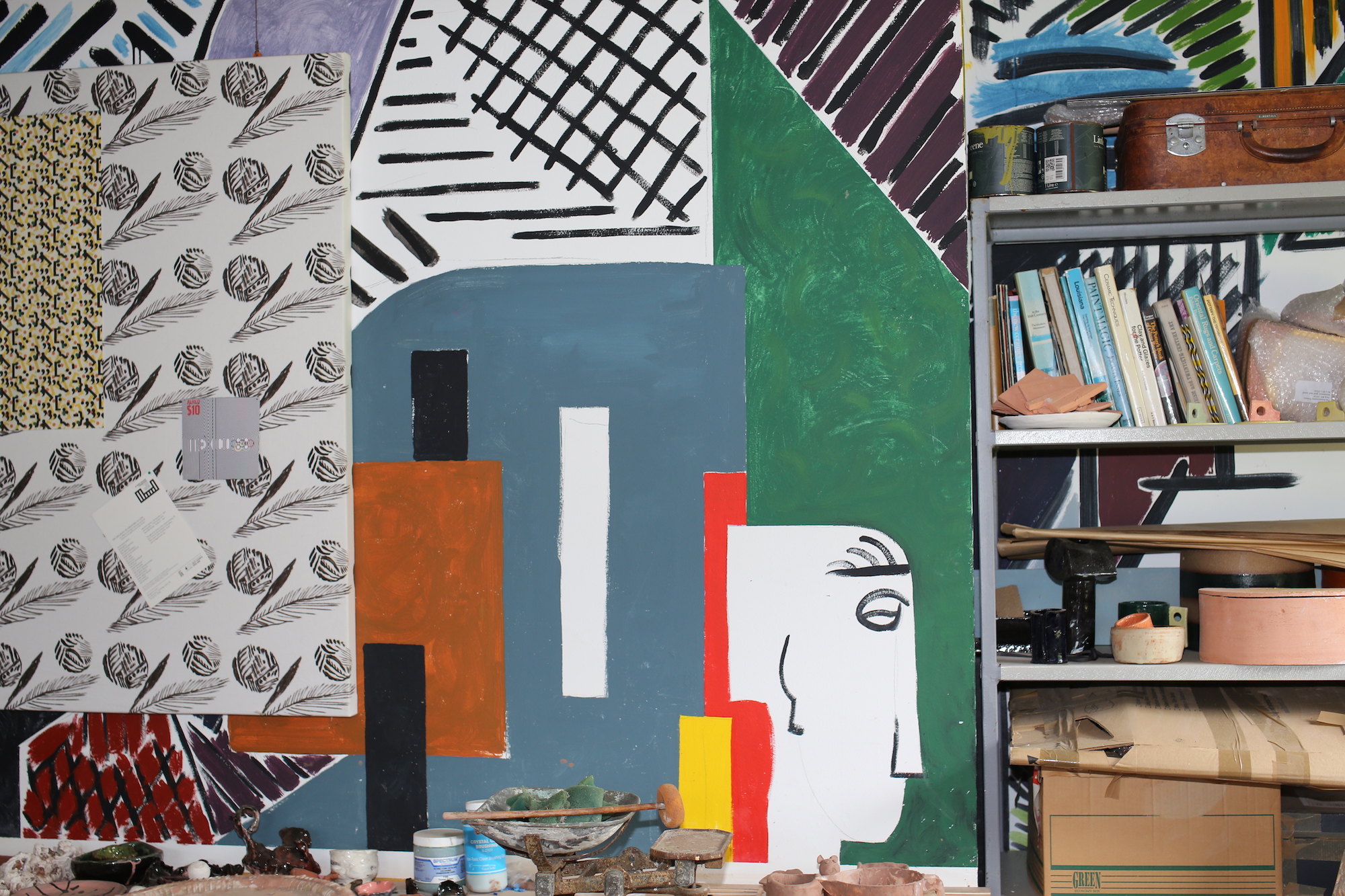

Leeds-based artist Jill McKnight took part in Wysing’s Syllabus last year. “I felt really fortunate to get on the programme, and it was a point in my practice when I had been graduated for a few years and I knew I couldn’t afford to do a Masters, both in terms of the fees and giving up paid work for one or two years,” she remembers. “It felt a bit scary, wondering if I deserved to be there, but I felt so listened to. Mutual respect and learning is something that Wysing brings out and nurtures. Sometimes it’s hard to keep on making work, so to feel supported is just so important.”
She describes how the group would meet up each month in a different location: “It was really important to me, meeting other artists living in other parts of the country, and, while I felt that I was part of a good studio community back home, it could feel a bit insular. Having the partner institutes in different cities offered new awareness and connections to artists based outside of London.” It is a common criticism levelled at the cultural sector, with London playing a major role in the art world not just nationally but internationally. Many artists experience pressure to live and work in the capital or else risk feeling sidelined.
Director of Wysing, Donna Lynas, has been in the role for almost fifteen years, having joined from the South London Gallery in 2005. “It was a big leap to leave SLG and London itself,” she admits when we speak over the phone. “But it felt that there was a huge amount of potential to make Wysing into this thriving campus. It was the potential of moving to somewhere with a different location and emphasis,” she reflects. “I’d spent a long time developing programmes with a focus on live-ness in London, working on exhibitions but trying to weave through programmes that were more interdisciplinary. I was looking for a place to test out these different ways of working.”
“Sometimes it’s hard to keep on making work, so to feel supported is just so important”
The woods and farmland that surround Wysing are a crucial part of its identity, distinctly removed from the daily grind of cities like London. “In a way, the location is just in its own space, it’s not even in a village. It has a lot of land, which you don’t have access to in any town or city. It’s about creating a space to think in; it’s very much a workspace, not a passive ‘sit in the fields and contemplate nature’ place. It has a strong work ethic about art practice, where you are working through ideas. It’s very active and engaged,” Lynas says. “It’s not so much the relationship with nature, but more having space—both intellectual and physical space—to really expand thinking. The site’s location is about the room to step out from the treadmill that we’re on all the time.”

The principles that guide Wysing were established by its founders thirty years ago—“they knew artists needed spaces to work in. That’s still what the ethos is today. They wanted to create this almost artist utopia, where they could come and share ideas, and I feel that we’ve carried that vision forward,” Lynas says.
Undoubtedly, this outlook chimes with Lynas’s own politics: “I grew up in Northern Ireland at the height of The Troubles, and went to an experimental school that was about building connections between communities. I think that has set me on a course in my life which has definitely played out in everything I have done since,” she reflects. “How do you design programmes from a conceptual and ethical point of view? It’s about fairness and access, and I feel strongly that everyone should have access to what they need to thrive as an artist.”
However, artist residencies can come with their own challenges, particularly as they typically demand an extended period of focused time from the participants. For those in full-time employment or with childcare responsibilities, this type of commitment often simply isn’t possible. Residencies at Wysing typically last for two months, but following feedback in 2017, this structure has been loosened to accommodate a wider range of practitioners.
“I wouldn’t have thought of applying if it wasn’t for the progressive and wide-reaching call that they put out at the end of 2017,” Tessa Norton, an artist and writer who was in residence at Wysing with her family in 2018, tells me. “Not just doing the standard diversification, saying ‘we welcome applications from underrepresented groups’. They said that if you wouldn’t normally consider a residency, please still apply and tell us what would work for you.” 
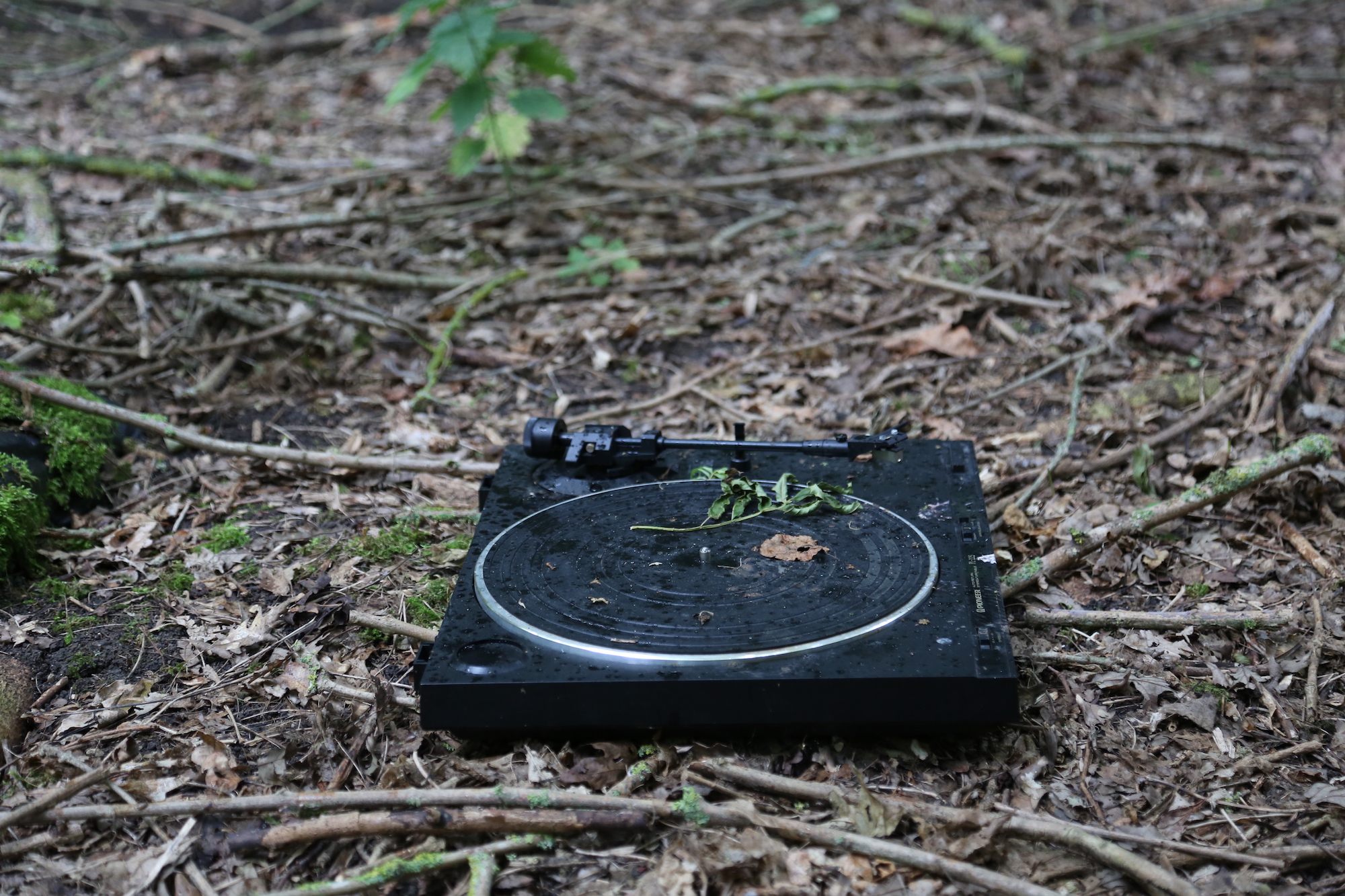
Norton got in touch to explain that she’d had a baby at the end of 2016, and pitched a series of short visits for her residency instead of the standard single extended stay. “The experience was fantastic. I had felt that having a child was making me think about my writing quite differently. You’re tuned into different rhythms; you’re awake at different times of the day and night. Everything is whisked up and moved around,” she says. “I was trying to embrace that disruption in my writing, so taking my child on a residency with me, it wasn’t just practically useful in needing to be close to him, but it was also creatively interesting to have him around me while I was writing.”
“It’s very much a workspace, not a passive ‘sit in the fields and contemplate nature’ place”
“I hope that others will follow Wysing’s lead to change the shape of their residencies to be something that is genuinely helpful. Still, when you see opportunities for writers, it’s a model that expects you to be independently wealthy and available to drop everything, but obviously life’s not really like that,” she adds. The greater flexibility of these residencies allow Wysing to cater for artists not only with children but those with disabilities or different working patterns, allowing them to break up their stay throughout the year.
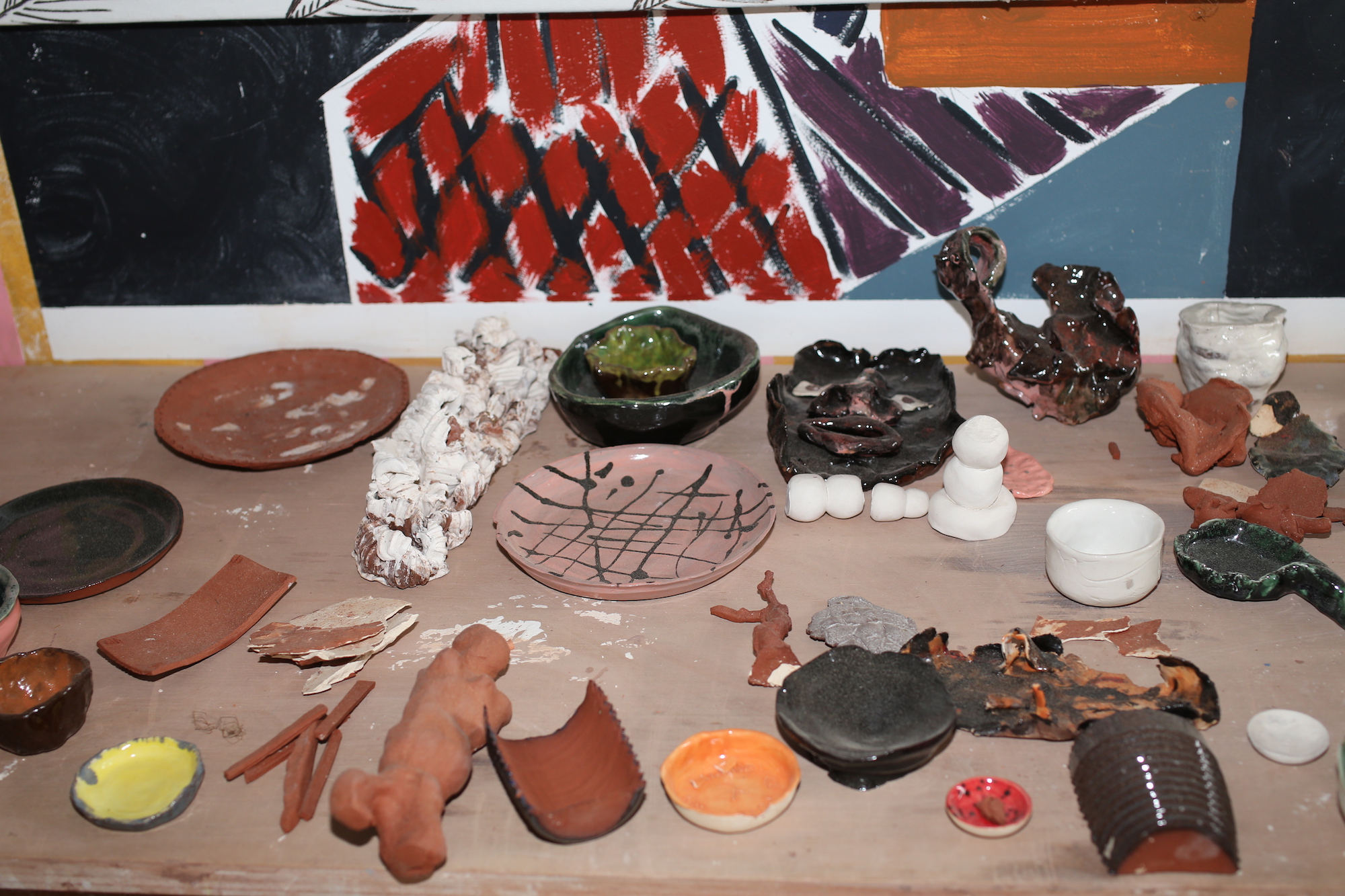
This July, a new group exhibition has just opened at the centre, featuring many of the artists who have lived and worked onsite in recent years, including McKnight, Norton and Offeh. Current Turner Prize nominee Tai Shani is also included, alongside such names as Shana Moulton, Heather Phillipson, Elizabeth Price, Laure Prouvost and Imran Perretta. Titled All His Ghosts Must Do My Bidding, the show aims to consider art as magic, artists as magicians, and the studio as a magical site—a timely reflection on the last thirty years of artistic production at Wysing Arts Centre. “I’ve had so many transformational moments while I’ve been here, and I guess that’s why I’ve stayed for so long. It’s not just about artists developing, it’s about the staff too, and we all have a chance to grow creatively. ” Lynas says, laughing. “Most of all, it’s about democratizing knowledge and empowering people.”
All photographs © Louise Benson

